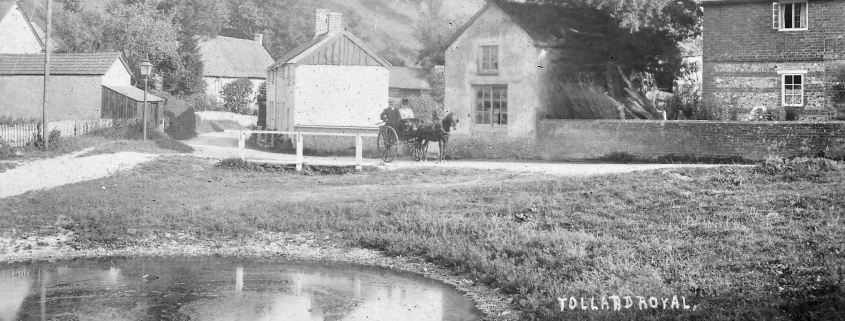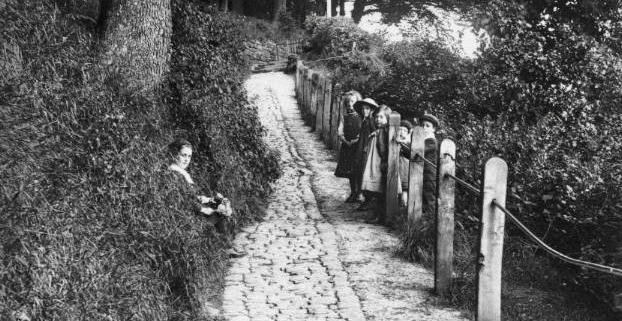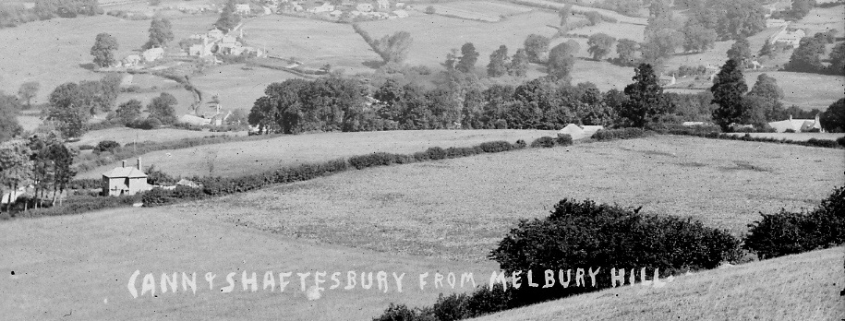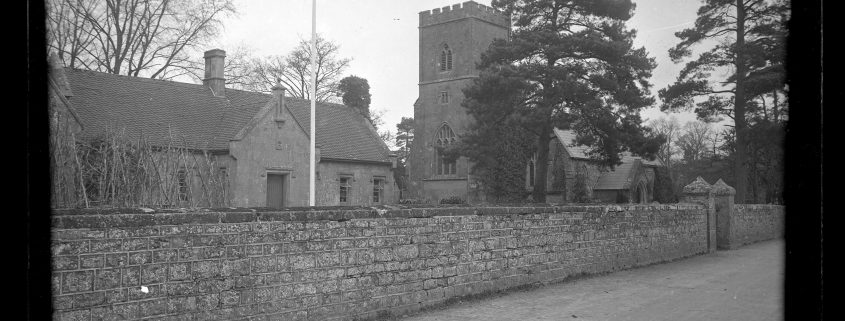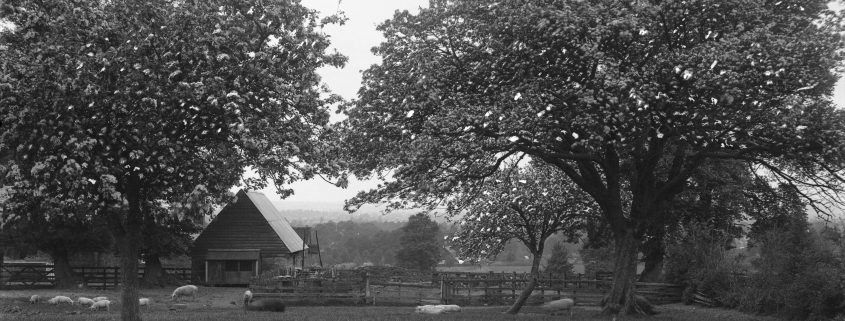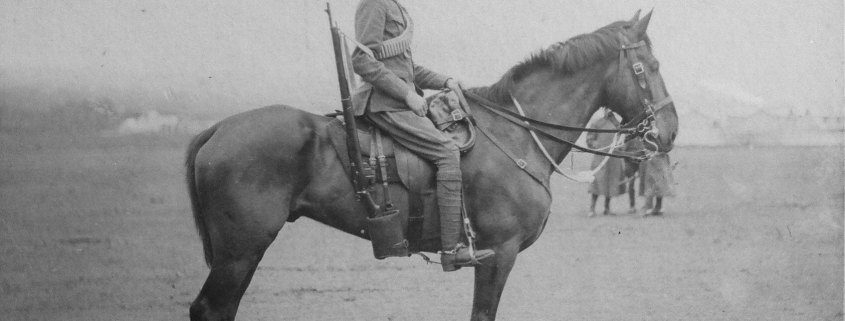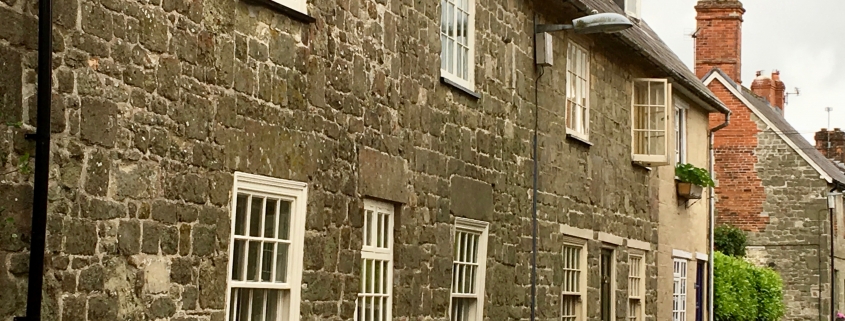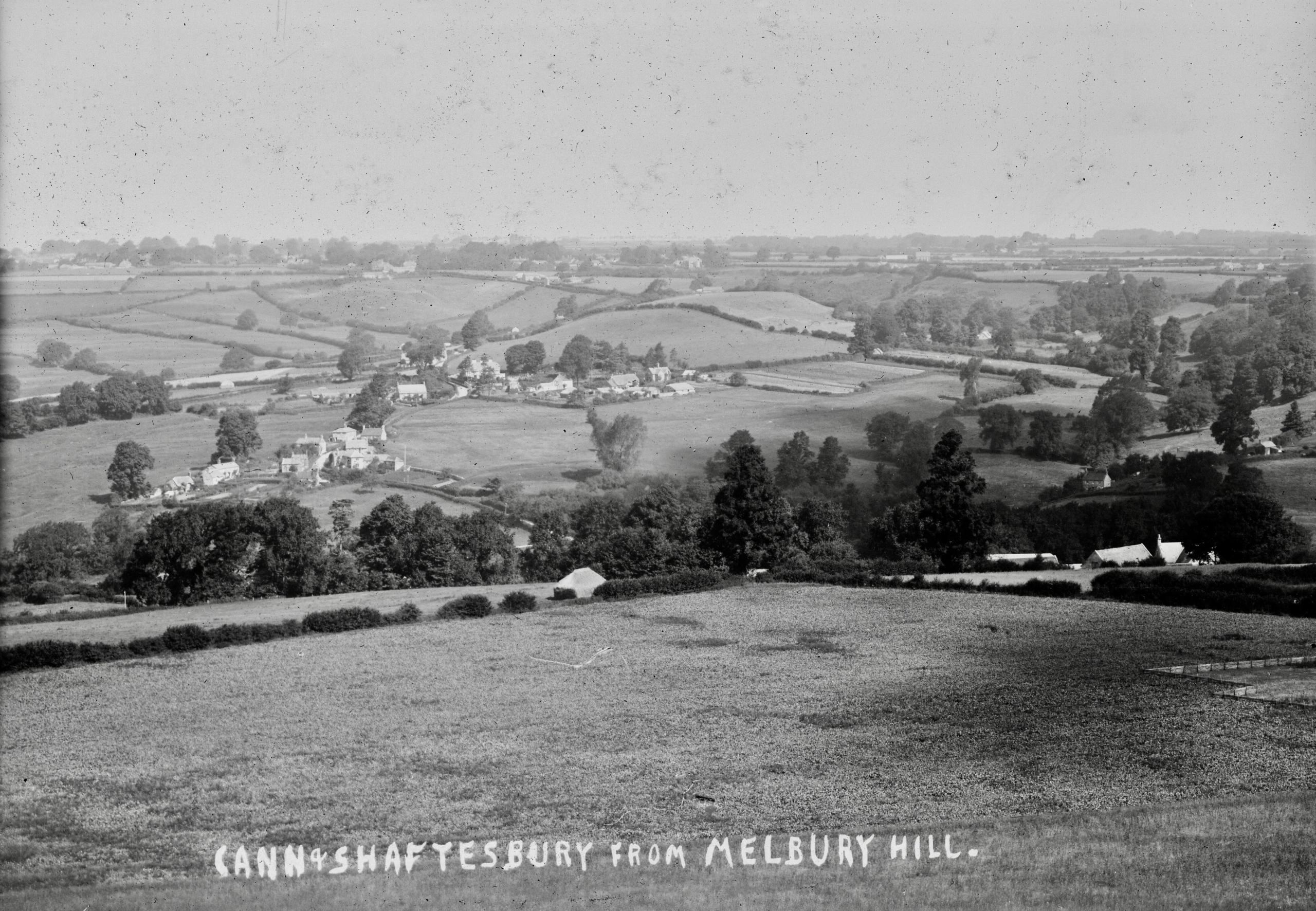George Cole
Surname: Cole
Other names: George
Locations in this story: Tollard Royal, WiltshireQuarry Street, Keighley, Yorkshire
Story: George Cole was born at Tollard Royal, Wiltshire in 1869 and baptised there on 7 Mar 1869 the son of Frederick Cole and Mary Cole (née Triggle). He lived in Tollard Royal until at least 1881. He married Elizabeth Bingham in Keighley, Yorkshire, on 25th May 1889. There were 5 children of the marriage. George had previous military service from 1 Feb 1888 to 31 May 1909 with the Imperial Yeomanry (Volunteer Force) (Service No. 314). He had been awarded the Long Service & Good Conduct Medal during this time. He re-enlisted with the Duke of Wellington's (West Riding) Regiment as a Private on 6th November 1914 (Service No. 12310). For some of the time he was attached to the Labour Corps (Home Service Employment Company). He served in the UK only and was finally demobilized on 19th March 1919 and was awarded the Victory and British War medals. Unfortunately at the time of his discharge he was suffering from cancer and died at his home at 29 Quarry Street, Keighley, Yorkshire, in 1920.
Source: Based on original research by Ken Baxter
Source: Based on original research by Ken Baxter
Links to related web content / sources: The National Archives

